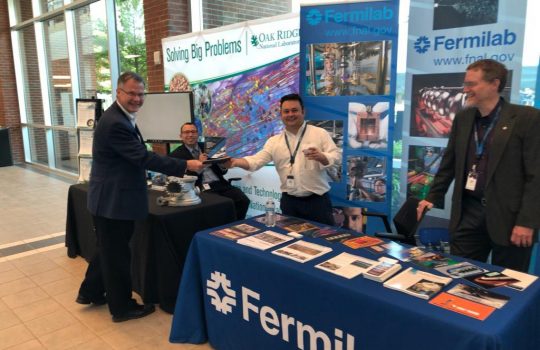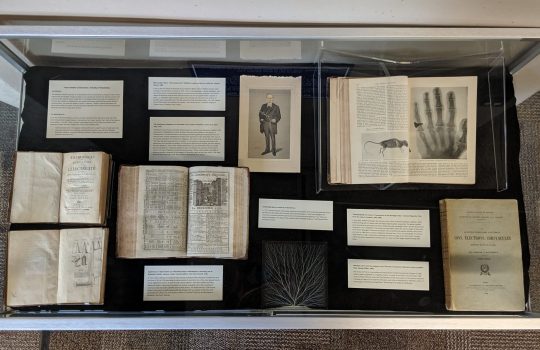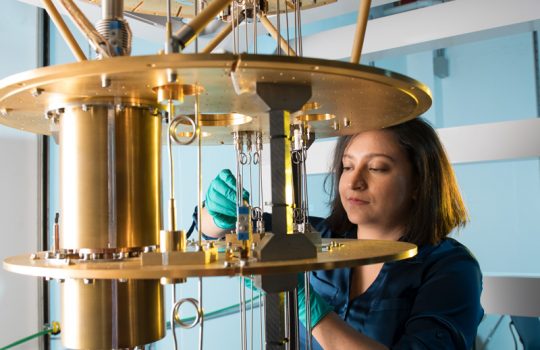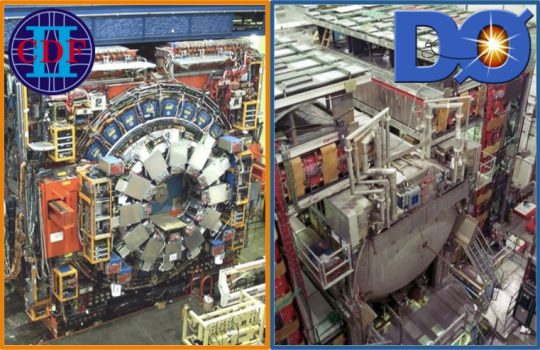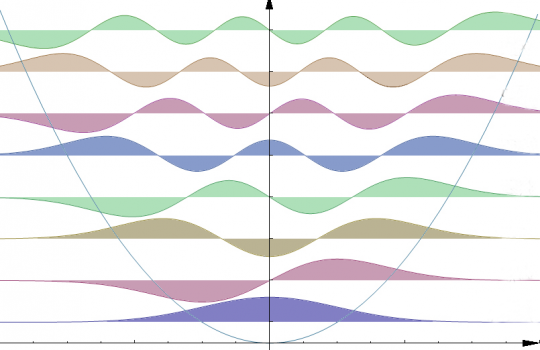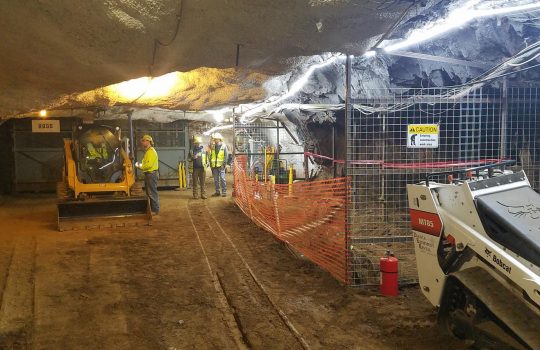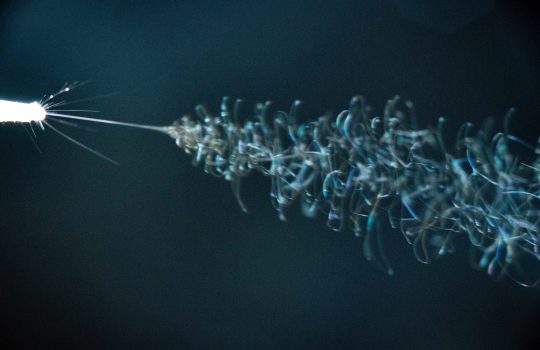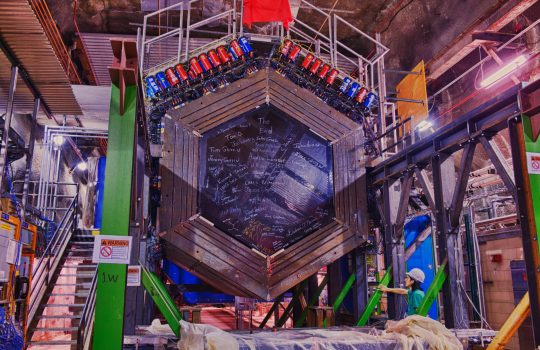Department of Energy announces $75 million for high-energy physics research
The U.S. Department of Energy has announced $75 million in funding for 66 university research awards on a range of topics in high-energy physics to advance knowledge of how the universe works at its most fundamental level. The projects involve scientists at 51 U.S. institutions of higher learning across the nation and include both experimental and theoretical research into such topics as the Higgs boson, neutrinos, dark matter, dark energy and the search for new physics.


